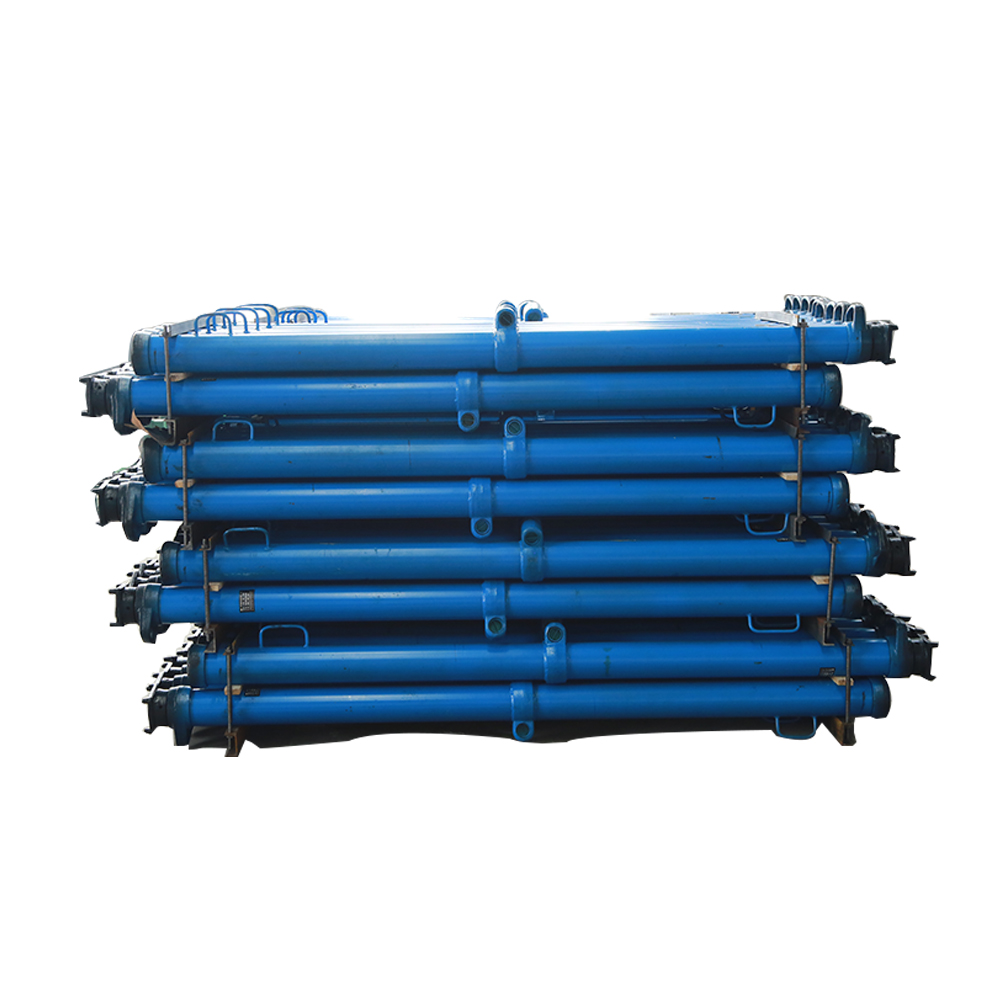


The working principle of the Acrow Prop is to use the incompressible nature of the liquid in the confined space to achieve support and adjustment. When it is necessary to adjust the height of the Acrow Prop, through the control valve so that the liquid from the hydraulic source into the hydraulic cylinder, due to the incompressible nature of the liquid, the pressure inside the hydraulic cylinder increases, the piston rod extends outward, so as to achieve upward adjustment of the height of the Adjustable Props. On the contrary, when it is necessary to reduce the height of the Adjustable Props, by controlling the valve so that the liquid from the hydraulic cylinder discharge, the liquid in the hydraulic cylinder is reduced, the pressure drops, the piston rod inward retraction, so as to achieve the downward adjustment of the height of the Adjustable Props.

There are many types of Adjustable Props, each with its own unique characteristics and application scenarios:
Single-acting Acrow Prop: can only bear liquid pressure at one end, the other end is pressure-free. Simple structure, easy to maintain, large support force, strong bearing capacity, widely used in forging, moulds and machine tools and other fields.
Double-acting Acrow Prop: both ends can bear liquid pressure, with two working chambers. Balanced support force, strong carrying capacity, high precision, good repeatability, widely used in machine tools, steel, electricity, machinery, ships and other fields.
Side-etched Acrow Prop: smaller diameter, compact structure, small volume, light weight, easy to install, widely used in high-speed lifts, lifts, automotive hydraulic strut and other fields.
Cohesive Acrow Prop: the cylinder rod inside the strut can be retracted into the body to shorten the strut, with large support force, good stability, compact structure, fewer parts, easy installation, easy maintenance and longer service life, widely used in the fields of ships, cranes, buildings, machine tools and metallurgical equipment.
